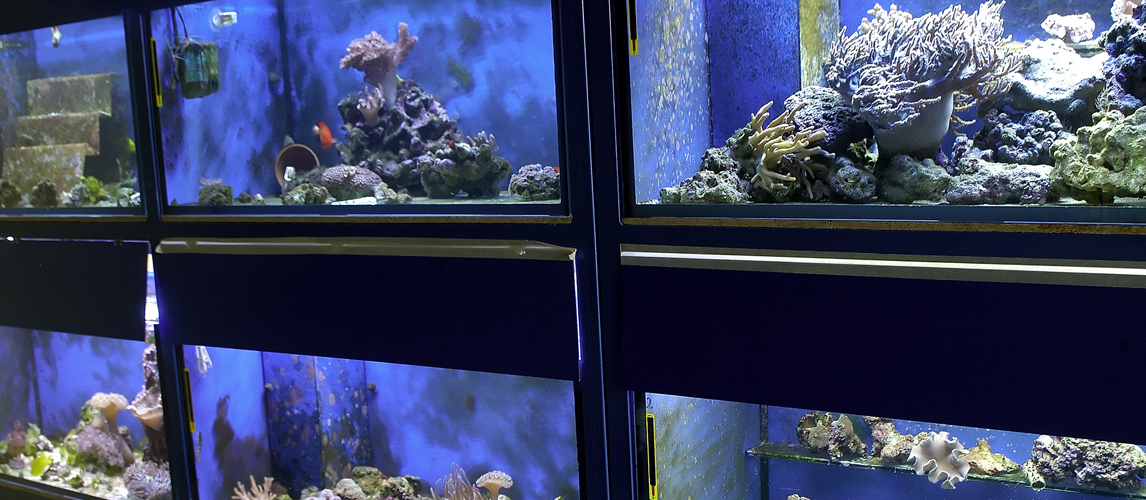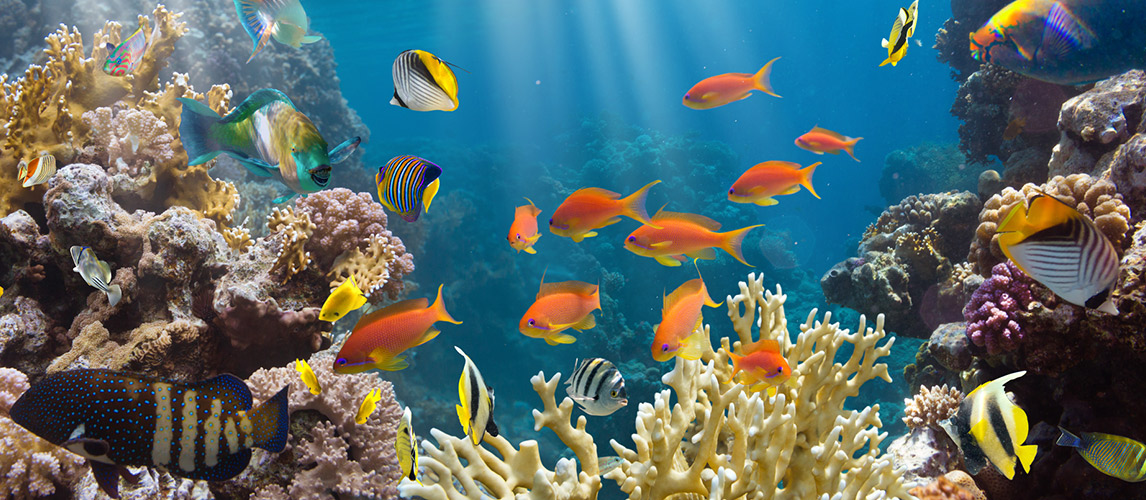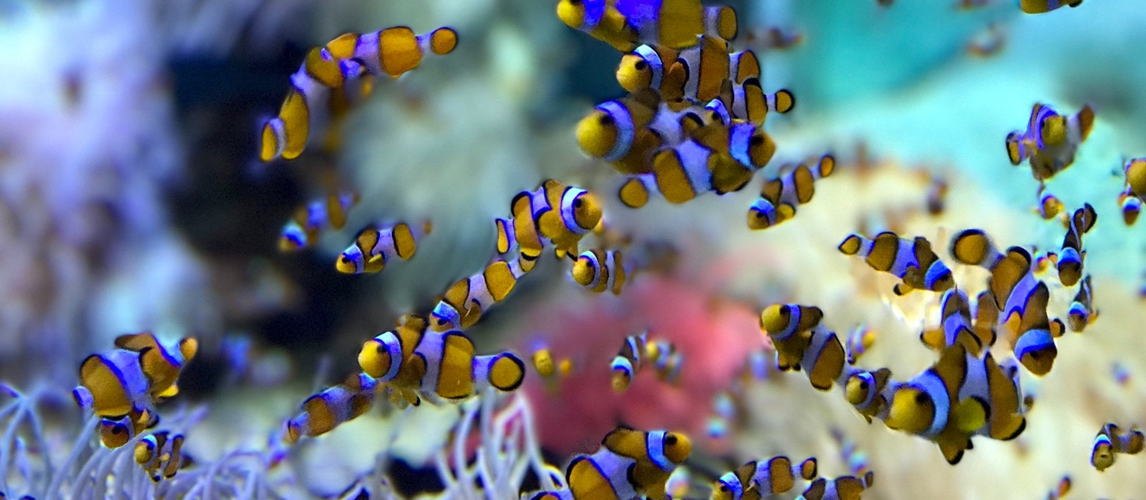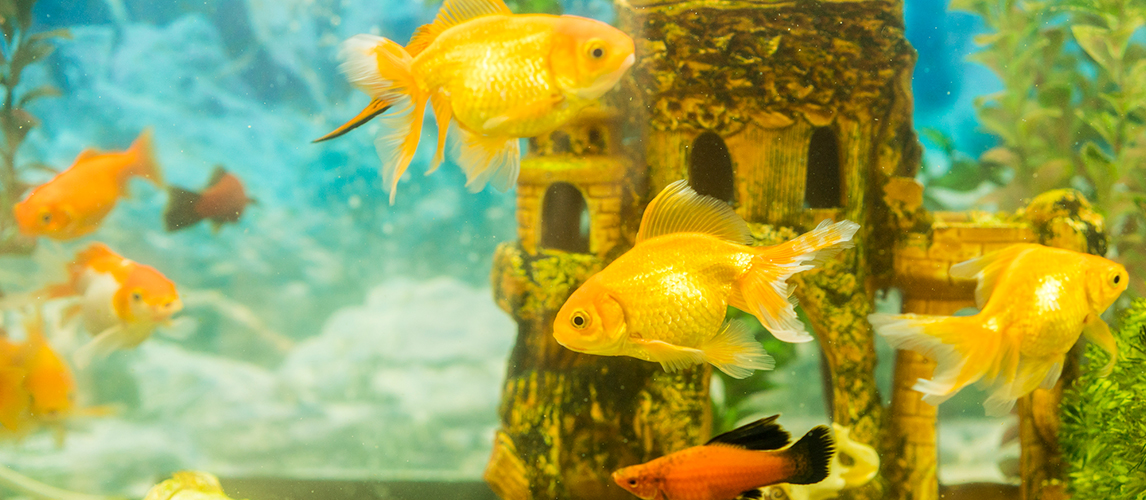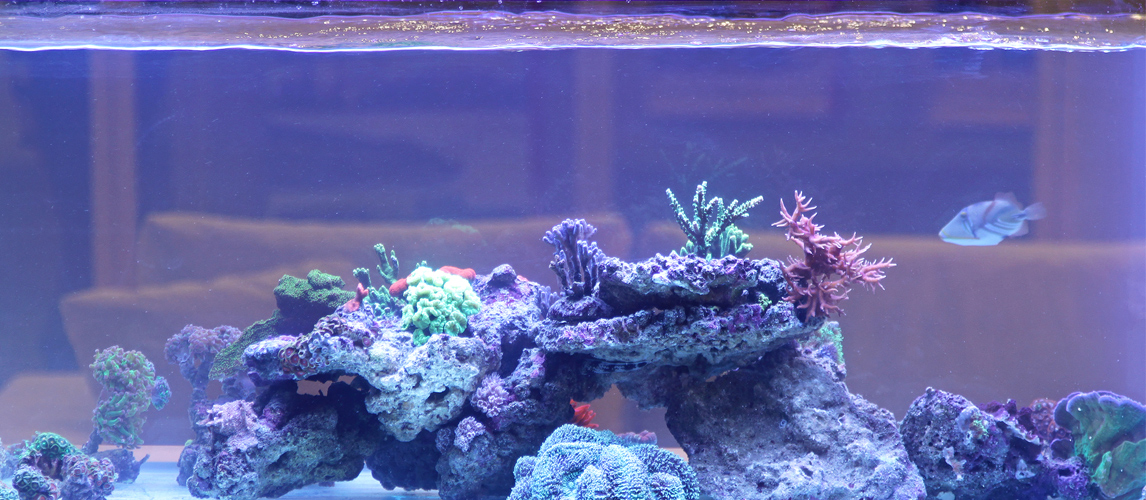
The Best Aquarium Water Conditioners in 2022
- Home
- Other animals
- Fish
If you’re filling your fish tank with tap or well water, using a water conditioner is a must. Tap water contains chemicals which, although they’re safe for humans, can be harmful to your fish. Using a water conditioner is a simple and effective way to keep your fish happy and healthy in their home. They’re easy, fast, and safe for your fish – not to mention being highly cost-effective. These conditioners work through a series of chemical reactions which remove harmful substances from the water, or convert them into something safe.
With so many water conditioners out there, though, knowing which one to choose can be tough. We’ve searched the market to track down the best aquarium water conditioner available. We’ve also answered some common questions about how these conditioners work, how to find the best product for you, and how to properly use them. We hope this buying guide helps you provide your scaly family members with the healthiest home possible.
The Best Aquarium Water Conditioner
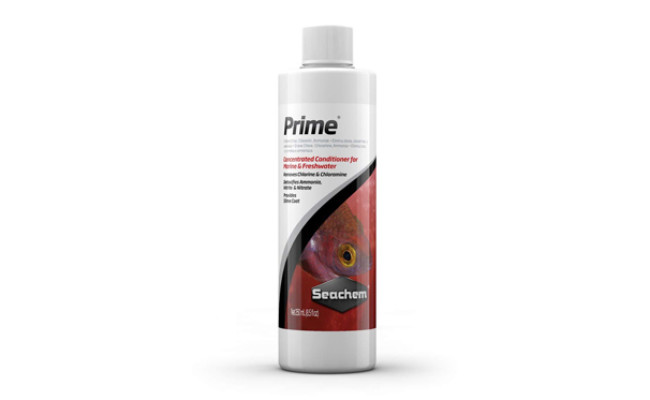
Seachem’s Prime water conditioner can be used with both fresh and salt water. It’s designed to remove both chlorine and chloramine, as well as detoxifying ammonia, nitrites and nitrates.
Because it’s concentrated, only a small amount of Seachem’s conditioner is required to keep your aquarium water in tip top condition. In fact, a single 100ml bottle will treat 1,000 gallons of tap water. The formula also has the bonus of protecting and promoting your fish’s slime coat. This outer, slimy layer, affords them protection from small objects and pathogens alike, so is incredibly important.
Finally, Prime is non-acidic, and will not affect the pH of your tank. Since fish can be sensitive to the pH of their water, this can be the difference between a comfortable and an uncomfortable home.
Removes chlorine and chloramine
Converts ammonia, nitrites, and nitrates, into non-toxic chemicals
One 100ml bottle will treat 1,000 gallons of water
Protects fish’s natural slime coat
Non-acidic, so won’t impact the pH of your aquarium
- Brand: Seachem
- Model: 116043304
- Weight: 1.25 pounds
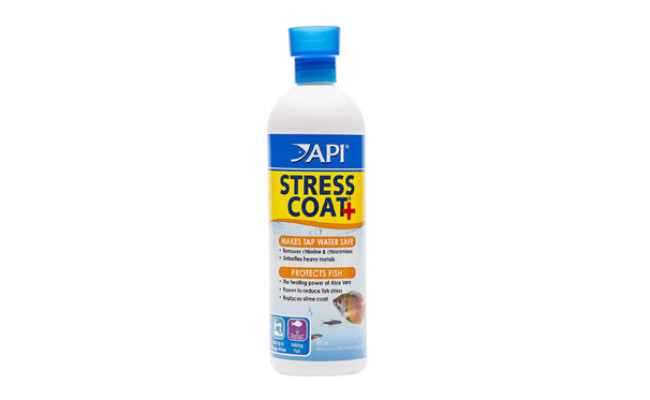
API know that the single best way to keep your aquarium healthy is to keep the water healthy, that’s why they’ve developed this highly effective water conditioner. Their dual action formula acts to both remove potentially harmful chemicals from tap water, as well as helping to maintain fish’s protective slime coat.
Alongside other active ingredients, this blend takes advantage of the naturally healing properties of aloe Vera. It can be when changing or adding new water to the tank, or to assist the healing process when a fish becomes ill or injured. This formula is designed to work with fresh water, but a salt water-friendly version is also available.
Removes chemicals from the water which can be harmful to fish
Helps to maintain your fish’s protective slime coat
Contains aloe Vera extract
Promotes healing when fish are sick or injured
Available in formulas specifically tailored to both fresh and salt water
Designed for use when changing or adding water to an aquarium
- Brand: API
- Model: 85C
- Weight: 6.4 ounces
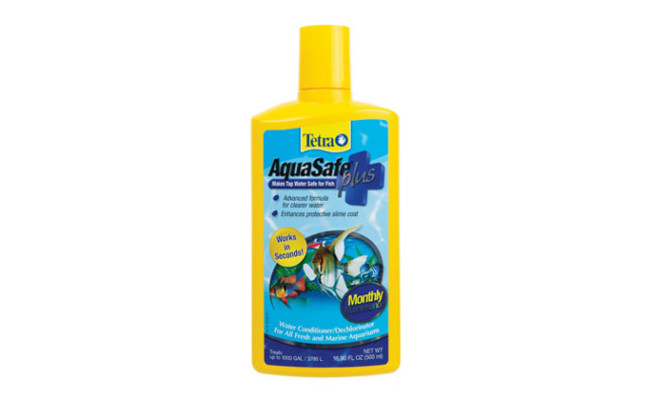
As well as neutralizing harmful tap water chemicals, Tetra’s Aquasafe Plus makes use of seaweed extracts to support the growth of helpful filter bacteria, which act to keep the water in your tank clear and safe. Its careful blend neutralizes chloramine, and converts chlorine into a safe salt. It also binds to any heavy metals present in the water, allowing them to be easily removed by the tank’s filter.
The formula works in matter of seconds, and only one teaspoon is needed per 10 gallons of water. Tetra have also created a useful app, which helps you keep track of the water quality in your tank and can be downloaded for free. Tetra have been keeping aquarium inhabitants happy and healthy for over 35 years. One thing to bear in mind is that this product does not remove ammonia. Tetra offer another formula, Safe Start, which does so – intended for use when an aquarium is first set up.
Removes harmful chemicals from tap water, including chlorine, chloramine, and heavy metals
Natural seaweed extracts promote the growth of healthy filter bacteria
Helps protect your fish’s protective slime coat
Works in seconds
Free Tetra app available
Suitable for both fresh and salt water
- Brand: Tetra
- Model: 16163
- Weight: 2.58 pounds
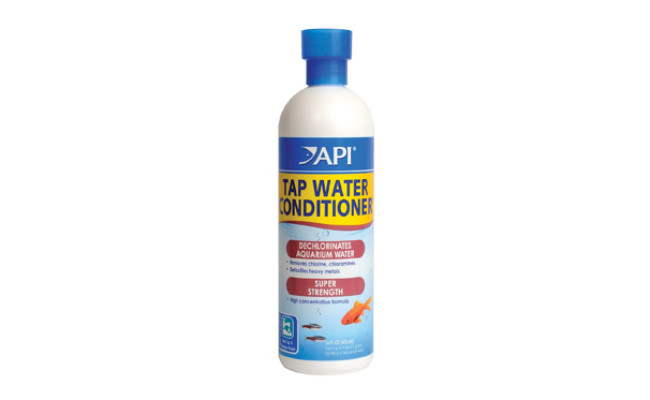
API have earned themselves another spot on the list with their brilliant tap water conditioner. Its formula works to remove chlorine, neutralize chloramine, and bind up heavy metals to prevent them from harming your fish. Only one teaspoon is required to treat 10 gallons of water – it’s very effective, and highly concentrated.
For over 50 years, API have helped keep fish happy and healthy, and their water conditioner helps to protect your fish from harmful substances in both fresh and salt water conditions. One potential disadvantage of this product is that is does not contain ingredients to promote the health of your fish’s slime coat. However, in healthy water with the correct diet, their coat will usually look after itself.
Removes chlorine
Neutralizes chloramine and heavy metals
Suitable for both fresh and salt water aquariums
Promotes fish health
- Brand: API
- Model: 52C
- Weight: 1.2 pounds
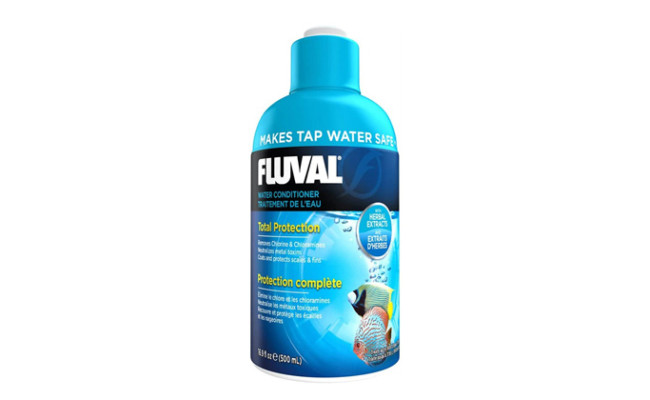
Like the other conditioners on this list, Fluval’s formula is primarily designed to protect fish against the damage which chlorine and chloramine can cause them. It also works to detoxify heavy metals, further protecting your fish from the dangers which tap water can expose them to.
As well as this, the water conditioner contains a unique blend designed to protect the fins and scales of your fish, and keep them safe from inflammation in the event of scrapes or tears. Because of this, the conditioner can also be used to promote healing when a fish becomes injured. This formula does not neutralize ammonia, so should be used for water maintenance – not when a tank is first established.
Removes chlorine
Neutralized chloramine
Protects fish against heavy metals
Protects scales and fins against tears and scrapes
Promotes healing
- Brand: Fluval
- Model: A8344A1
- Weight: 1.14 pounds
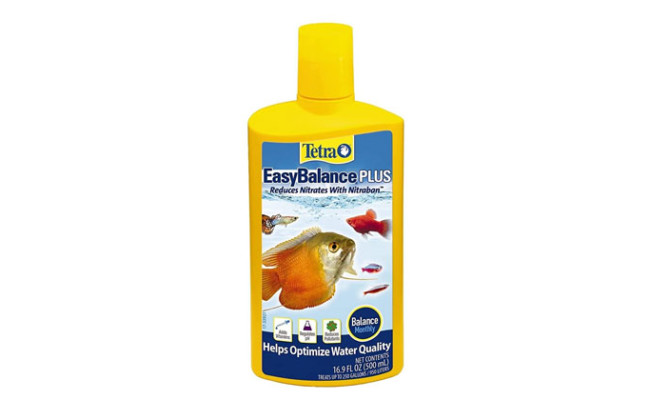
Earning Tetra their second spot on the list is their EasyBalance Plus water conditioner. This formula keeps tank water in tip top condition by maintaining its biological and pH balance. The conditioner regulates pH, reduces nitrates and phosphates, and replaces essential electrolytes, vitamins, and minerals.
Only two teaspoons are required to treat 10 gallons of water, and the product should be used every week. By doing so, you can significantly cut down the number of times that the water in your aquarium needs to be replaced. Because the conditioner does not fight chlorine, chloramine, ammonia, or heavy metals, it should be used in conjunction with other products. As a safe, easy, and effective method of keeping the perfect balance in tank water, though, this product is ideal.
Should be used weekly to keep aquarium water healthy
Reduces the frequency with which your tank water must be replaced
Reduces nitrates and phosphates in tank water
Replaces essential vitamins, minerals, and electrolytes in the water
Maintains a healthy pH balance in your aquarium
Should be used in conjunction with other tap water treatment products
- Brand: Tetra
- Model: 77140
- Weight: 1.24 pounds
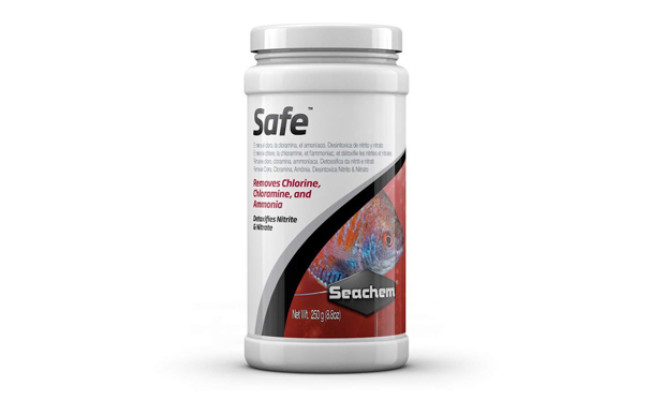
SeaChem’s Safe Water Conditioner is a complete water treatments suitable for both fresh and salt water. It acts fast to remove chlorine, chloramine, and ammonia from your fish’s aquarium, and will not impact the pH of the tank’s water. It also helps to detoxify any nitrites or nitrates lingering in the water.
Unlike some of the other conditioners on this list, Safe Water is a dry conditioner – it comes in the form of a powder. Some owners find this to be an easier and more economical alternative than using a liquid formula, since it can be far more concentrated. Because it offers a complete water treatment, Safe can be used when topping up or changing water, and when a tank is first set up. Although it lacks extra ingredients designed to protect fish’s slime coats, with proper care and good water quality these coats should take care of themselves.
Complete condition solution: protects fish against chlorine, chloramine, ammonia, nitrites, and nitrates
Highly concentrated powder formula is very cost-effective
Does not impact the pH of you tank water
Can be used when topping up water, changing water, or when first setting up an aquarium
- Brand: Seachem
- Model: 001213
- Weight: 10.4 ounces
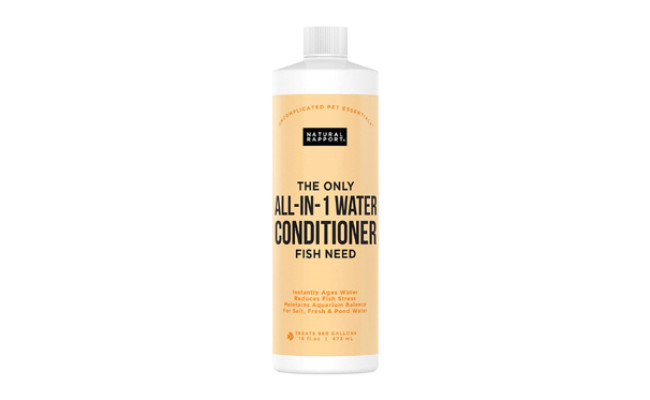
Natural Rapport’s water conditioner offers complete treatment which can be used when you first set up your tank, and to keep the water in tip top condition thereafter. Its formula removes chlorine from water, as well as detoxifying chloramine, ammonia, nitrites, and heavy metals. It’s suitable for use in both fresh and salt water.
As well as removing harmful substances, the conditioner also adds vital electrolytes to the water, helps to maintain its pH balance, and promotes the maintenance of your fish’s protective slime coat. As their name suggests, Natural Rapport use naturally-sourced ingredients whenever possible, and manufacture each of their products to the highest possible quality in the USA.
Complete conditioner protects fish against: chlorine, chloramine, ammonia, nitrites, and heavy metals which can be present in tap water
The formula adds vital electrolytes to the water, to promote fish health
Encourages a healthy slime coat
Suitable for use in both salt and fresh water
Can be used when an aquarium is first set up, or when water is topped up or replaced
Made in the USA
- Brand: Natural Rapport
- Weight: 1.2 pounds
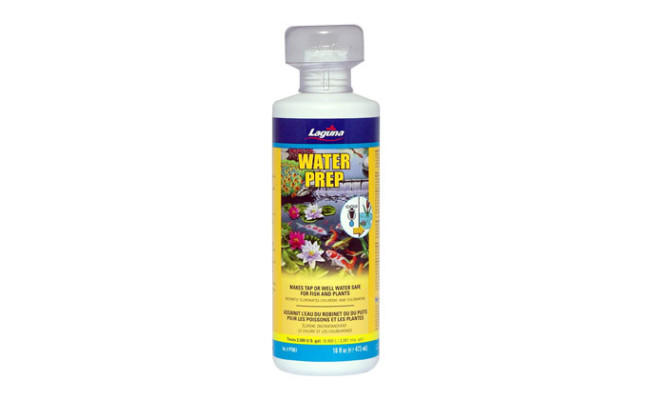
The last item on our list is another conditioner designed with pond water in mind. Laguna’s water conditioner for fish benefits the whole pond environment by eliminating the dangers posed to fish by chlorine, chloramine, and heavy metals. It also provides fish with a protective coat which preserves their scales against potential scrapes and bumps.
Because of its concentrated formula, only a small amount is needed to condition an entire pond. This is a great option for fish enthusiasts with a large pond to attend to! Thanks to the large size of the bottle, this formula also represents great value.
Conditioner specifically designed for ponds
Protects fish against chlorine, chloramine, and heavy metals in their water
Contains a stress coat, helping fish keep their slime layer in top condition
Concentrated formula means only a small amount is needed to condition your pond
Great value for money
Suitable for treating water before introducing fish, or during water replacement
- Brand: Laguna
- Model: PT863A2
- Weight: 16 oz
Best Aquarium Water Conditioner Buying Guide & FAQ
And there you have it – our top 10 water conditioners. Hopefully among the list you’ll find the one that’s right for your aquarium. With so many to choose from, though, we know it can be difficult to pick the right conditioner for you – that’s why we’ve addressed some common questions and concerns about these products below. If you’ve ever wondered exactly what chloramine is, or why tap water conditioner is so vital, read on!
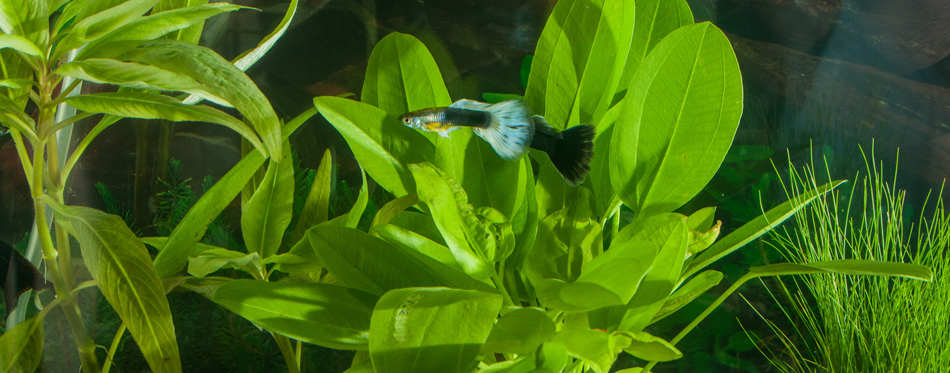
What to Consider When Buying Aquarium Water Conditioner
Which water conditioner you choose will be a combination of factors; below we outline some of the most significant.
- Aquarium or Pond?
Water conditioners are usually tailored to use with either an aquarium or a pond, since these two environments are very different. For one thing, since ponds typically contain a larger volume of water than aquariums, they require a larger dose of conditioner. For this reason, pond water conditioners tend to be more highly concentrated than their aquarium use counterparts. Ponds’ large surface areas also means that some chlorine is naturally liberated from the water through evaporation. Because of this, pond water conditioners sometimes contain smaller doses of de-chlorination chemicals.
- Salt or Fresh Water?
Many water conditioners are suitable for use with both fresh and salt water, but not all of them. Always check the manufacturer’s guidance to see whether the conditioner is suitable for the type of water you’re working with.
- Do you need a Stress Coat?
Some water conditioners contain what’s known as a stress coat. This consists of ingredients which either provide or promote the fish’s natural protective slime coat. With proper care, fish are usually very good at maintaining their slime coats without help. However, if a fish becomes injured or sick, using a product which promotes a healthy coat can aid the healing process. For fish in a new tank, using a stress coat can also be a good idea. It will help to protect them against bumps and scrapes whilst they adjust to their new environment.
- What chemicals does it work with?
Some conditioners, usually those marketed as ‘complete’, remove virtually every potentially harmful substance: chlorine, chloramine, ammonia, nitrites, nitrates, and heavy metals. Not all conditioners do this, however. When setting up a new tank, using a complete conditioner is a good idea, but beyond this stage – assuming the aquarium is properly maintained – chlorine and chloramine are the biggest issues to address. When choosing a conditioner, check the manufacturer’s recommendations, as it may need to be teamed with another product to offer full water care.
Benefits of Using Aquarium Water Conditioner
There are many reasons that aquarium and pond owners alike choose to use a water conditioner. Below are some of the most important.
- Water conditioners make tap water safe for fish to live in – this means you don’t need to find an alternative water source
- Water conditioners are easy to use
- Water conditioners are a cost-effective way to maintain optimum water qualities
- Conditioners remove chloramine and ammonia from the water
- They can support your fish’s natural slime coat
- Some conditioners support good bacteria in the water – much like a pro-biotic
- Keeping a fish’s water in good condition will lead to longer, healthier lives for your pets
- Most conditioners will not impact the pH of your pond or tank
Related Post: Aquarium Pumps
Chlorine and Chloramine
Most of us have heard of chlorine – the sharp-smelling gas which is used to kill bacteria in both swimming pools and tap water – but chloramine is perhaps a less familiar name.
Chloramine, as its name suggests, is a derivative of chlorine and ammonia. It forms when a chlorine atom replaces a hydrogen atom in a molecule of ammonia. Chloramine is sometimes added to tap water as a disinfectant, since it is less potent and more stable than chlorine. Where chloramine is not added to tap water, it can still from in an aquarium or pond. This happens when ammonia in the water, which is produced by fish as a waste product, reacts with dissolved chlorine gas:
2 NH3(g) + Cl2(g) ⇌ NH2Cl(g) + NH4Cl(s)
In small doses, chlorine and chloramine are perfectly safe for humans, but for fish these same doses can be harmful, because of their much smaller body sizes and the sensitivity of their gills. Chlorine dissolved in water can produce chemical burns on fish’s gills, preventing them from properly absorbing the oxygen they need to survive. The chemical can also be absorbed into a fish’s body, and cause further burns internally. Even very low doses cause irritation which will be stressful and impede the fish’s quality of life.
Chloramine can also inflict severe damage on fish. When absorbed into the bloodstream, it reacts with hemoglobin (the substance responsible for carrying oxygen round the body), and transforms it into methemoglobin. Methemoglobin is far less efficient at carrying oxygen, so this process can result in the fish struggling to maintain oxygen levels. Fish suffering from chloramine damage will often gasp for breath at the surface of their tank or pond. Both chlorine and chloramine also kill bacteria indiscriminately – this means they kill off the helpful bacteria which break down waste products in a normal aquatic environment, leading to a buildup of ammonia and nitrites.
Related Post: Aquarium LED Lighting
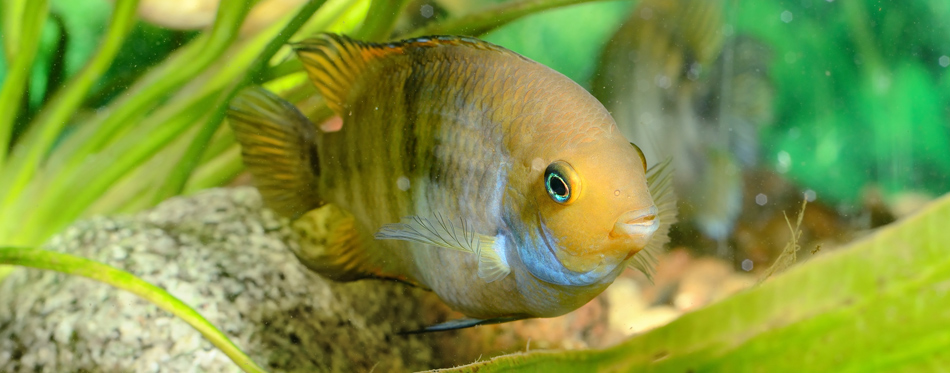
Best Aquarium Water Conditioner FAQ:
Q: What is an aquarium water conditioner?
A: An aquarium water conditioner is a formula which is added to tap water to make it safe for fish to live in. The chemicals used to kill bacteria in our tap water – chlorine and chloramine – are dangerous for fish, so must be removed. Certain conditioners also remove waste products which naturally from in an aquatic environment but can be harmful, such as ammonia, nitrites, and nitrates.
Related Post: Best Aquarium Substrate
Q: How does aquarium water conditioner work?
A: Water conditioners work through a number of chemical reactions which remove chlorine, and transform chloramine and waste substances into less harmful ones. Chlorine is removed in a chemical reaction known as reduction – ingredients such as sodium thiosulfate convert harmful chlorine atoms into harmless chloride ions (Cl-). The same type of reaction breaks down the bonds between the chlorine and nitrogen atoms in a molecule of chloramine. The chlorine atom is replaced with a hydrogen atom, forming ammonia, which is much less harmful, and usually processed into even less harmful ammonium by helpful bacteria in the tank. Some conditioners remove ammonia too, by converting it into ammonium as the bacteria would. This process involves adding an additional hydrogen atom to an ammoia molecule, transforming it from NH3 to NH4.
Related Post: Best Aquarium Heater
Q: When to add water conditioner to the aquarium?
A: When you first set up an aquarium or pond using tap water, you should add a complete water conditioner before introducing the fish to their new home. You will also need to add water conditioner whenever you top up or replace the water in the tank. Always check the manufacturer’s instructions for advice about how the conditioner should be used.
Q: How much water conditioner to use in fish tank?
A: The amount of conditioner you need to use will depend upon the size of the tank and the concentration of the conditioner. Most conditioners will recommend a dose per gallon of water – usually three to five drops – so always check the label before use.
Q: How often to use water conditioner in the aquarium?
A: Each manufacturer will have slightly different recommendations about how often to use their product, but generally speaking it should be used when a new aquarium or pond is set up, and whenever the water is topped up or replaced. Experts recommend changing 10 -15 per cent of a tank’s water every week; this means in most cases the appropriate amount of conditioner should be added to the water on a weekly basis.
Our Top Pick
Having searched the market, we believe that the best aquarium water conditioner has to be SeaChem’s Prime formula. Not only does it offer fish complete protection against most substances in tap water which can be toxic to fish, it also protects fish’s natural slime coats, helping them stay healthy and happy.
Prime offers all of these benefits without affecting the water’s pH, and is diverse enough to be used in both fresh and salt water. Overall, we believe that SeaChem’s offering provides aquarium enthusiasts with a highly effective – not to mention easy – way to maintain the best quality water for their fishy friends.
Source:
- Helen Anne Travis, 30-Day Guide to Help Your New Pet Fish Thrive, PetMD
